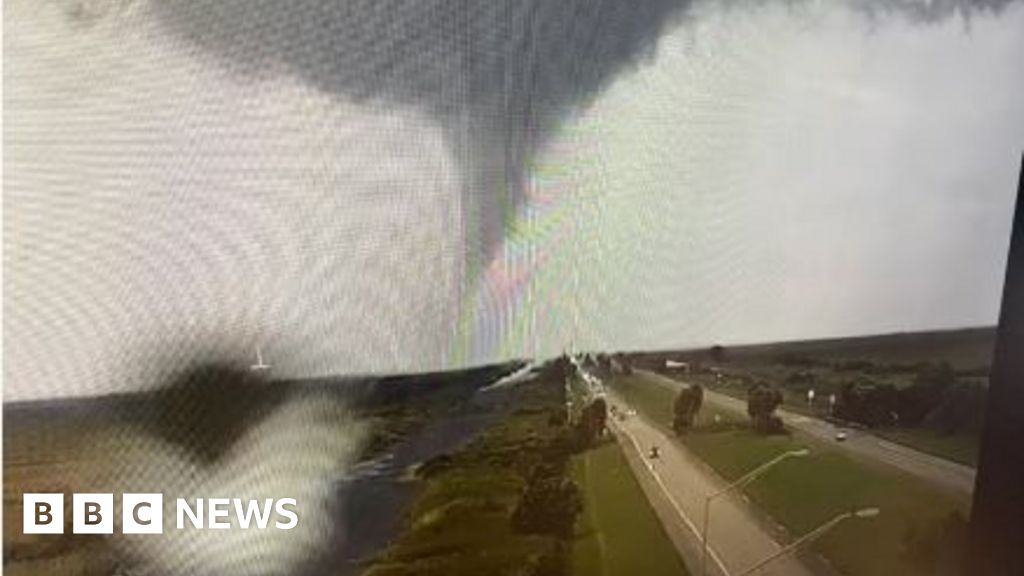Multiple tornadoes have been reported across Florida as Hurricane Milton started lashing the state.
They were spotted in parts of south Florida, and crossing a key highway as drivers were on the road.
The National Oceanic and Atmospheric Administration (NOAA) said forecasted conditions were helping Milton produce the phenomenon, and “several tornadoes will be likely” across central and south Florida. Multiple tornado warnings are in effect across the state.
Forecasters say tornadoes, or twisters, can form amid tropical weather, though typically are not very strong – through they still pose a deadly threat.
Tornadoes can accompany any tropical weather, including hurricanes, according to the National Weather Service (NWS).
They often happen in thunderstorms in rain bands away from the eye of the storm – typically forming in the right quadrant of a storm, the service notes.
The this area is key is because it hosts the best wind shear and instability.
The weather service notes most of these twisters are “relatively weak and short-lived, but they still pose a significant threat”.
Tornadoes need particularly intense or unseasonable heat to develop. As the ground temperature increases, moist air heats and starts to rise.
When this moist, warm air meets dry, cold air above, a thunder cloud begins to build.
This cloud can develop quickly, bringing with it rain, thunder and lightning.
Winds blowing from different directions cause the air to rotate, after which a visible cone or funnel drops out of the cloud towards the ground.
Tornadoes can be hundreds of metres wide. They can last anywhere from several seconds to more than an hour, and can travel dozens of miles.
The Fujita scale is used to determine how powerful a tornado is. The highest on the scale – an F5 – is used to categorise tornadoes travelling at up to 318mph (511km/h).
These tornadoes can cause incredible damage, with the power to throw away vehicles and sweep away strong buildings.

